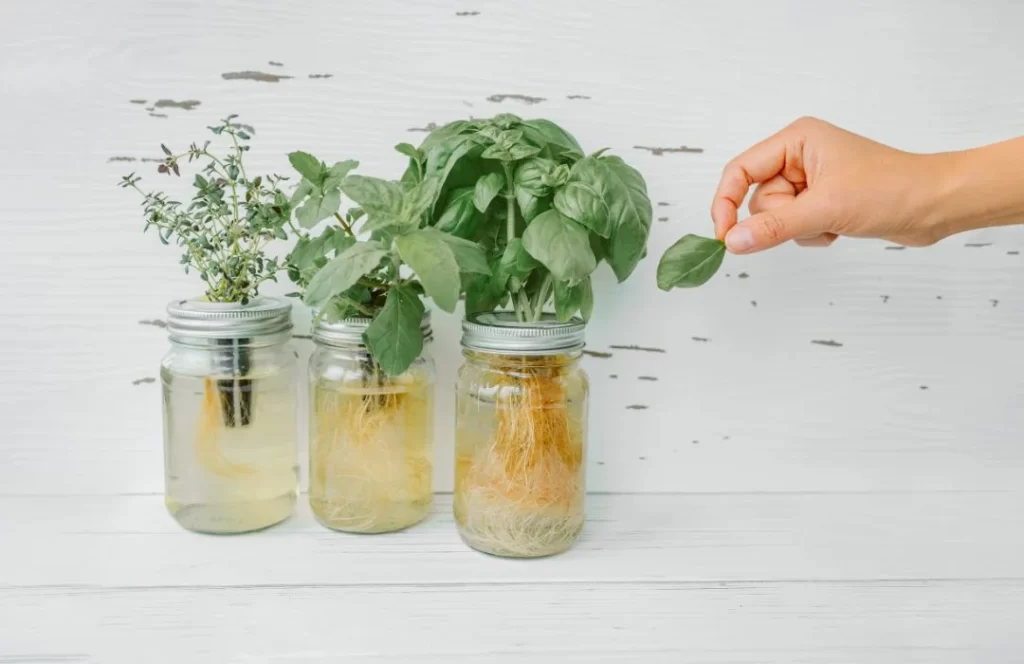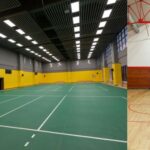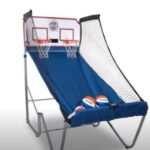Indoor Hydroponic Gardening is the process of growing plants without soil, using materials such as sand, perlite, rocks, or water. Although the word “hydroponics” may sound new and unusual, this method of growing plants has been used for hundreds of years. In fact, it was adopted on a large scale during World War I when the army had to travel frequently and faced scarcity of soil near the sea.
Introduction to how to build an Indoor Hydroponic Gardening?
In this blog, we will explore how to use hydroponics on a smaller, home scale, including the types of plants that can be grown and the necessary setup.
Basic indoor hydroponic garden Setup
A basic hydroponic setup can easily accommodate small plants such as coriander, fenugreek, chickpea, spinach, mint, lettuce, and mustard. You can even grow garlic and onion greens with a few modifications to the setup. To create a basic hydroponic system, you will need two vessels: one to contain water and another to hold the seeds.
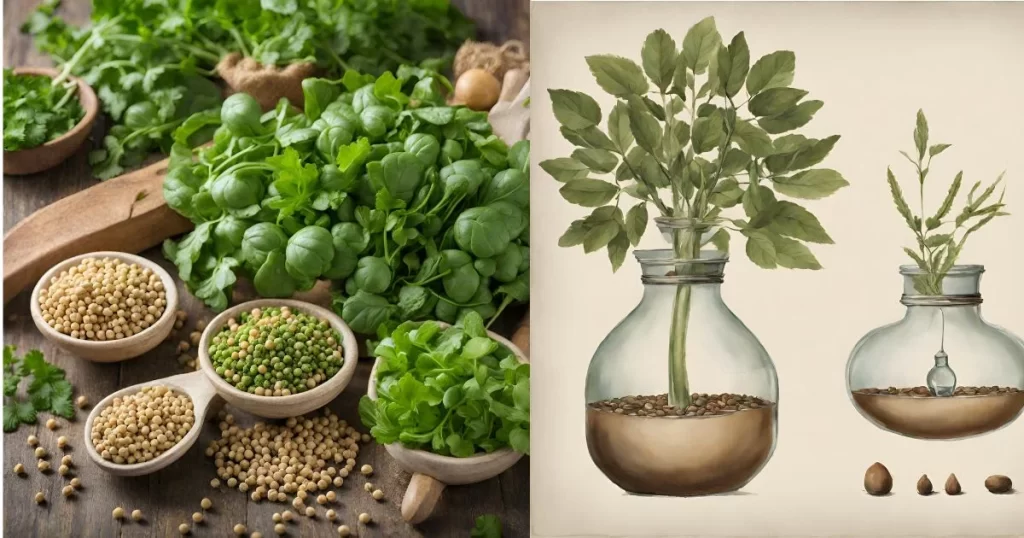
It is important to note that in Indoor Hydroponic Garden it is not recommended to use transparent containers as they allow light to penetrate, leading to the growth of algae and damage to the roots. Choose a colander for the upper position based on the size of the seeds. For larger seeds like chickpeas, use a colander with bigger holes, while for smaller seeds like coriander or fenugreek, opt for a colander with smaller holes.
Water Level and Seed Germination
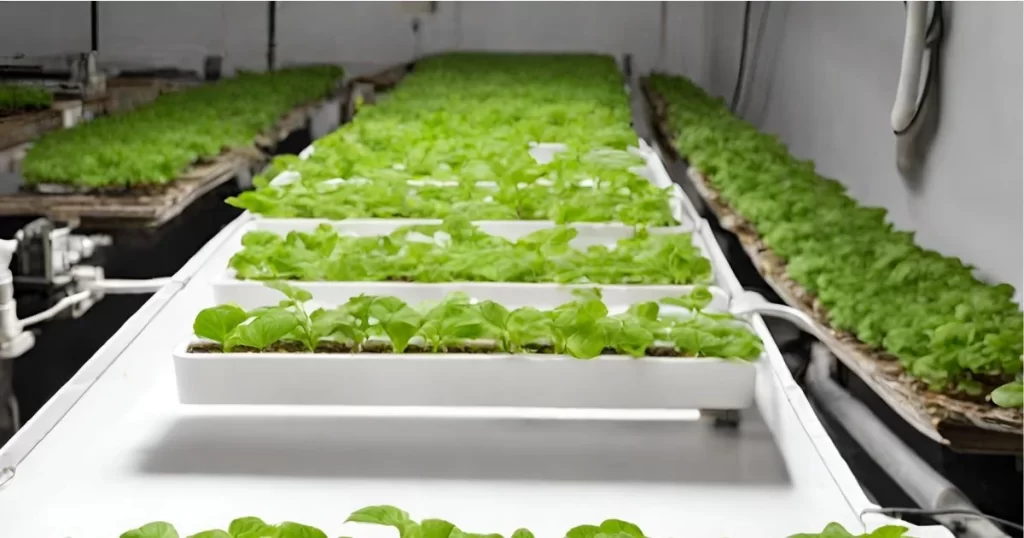
The water level is crucial for successful seed germination in a hydroponic system. If your seeds are already soaked, make sure the water level is such that it just touches the seeds from below. Cover the seeds with a wet cloth or tissue paper to ensure proper germination. If the seeds are not pre-soaked, the water level should be such that it submerges the seeds at least halfway. You can choose to cover the seeds with tissue paper or leave them as they are. Once the plants start growing roots and popping up, ensure that the roots remain submerged in water to prevent drying and damage.
Maintenance and Fertilization
A basic Indoor Hydroponic Gardening system does not require fertilizer, but it is essential to change the water every 2-4 days to ensure optimal plant growth. If you prefer not to change the water frequently, you can use a liquid hydroponic fertilizer or a hydroponic water-soluble NPK fertilizer every 15 days. This will provide the necessary nutrients for the plants to thrive. Changing the water regularly also prevents the growth of mosquitoes.
Mosquito larvae require at least 5-10 days of stagnant water to develop into adult mosquitoes. Additionally, the fertilizer solution inhibits the growth of mosquito larvae. It is important to note that if you forget to change the water or refill it, mosquitoes can breed, and the roots of the plants may dry up. Green algae and fungi can also grow, causing damage to the system. Maintaining a balanced TDS (total dissolved solids) and pH level in the water is crucial for the success of a hydroponic system.
Advantages of Hydroponics
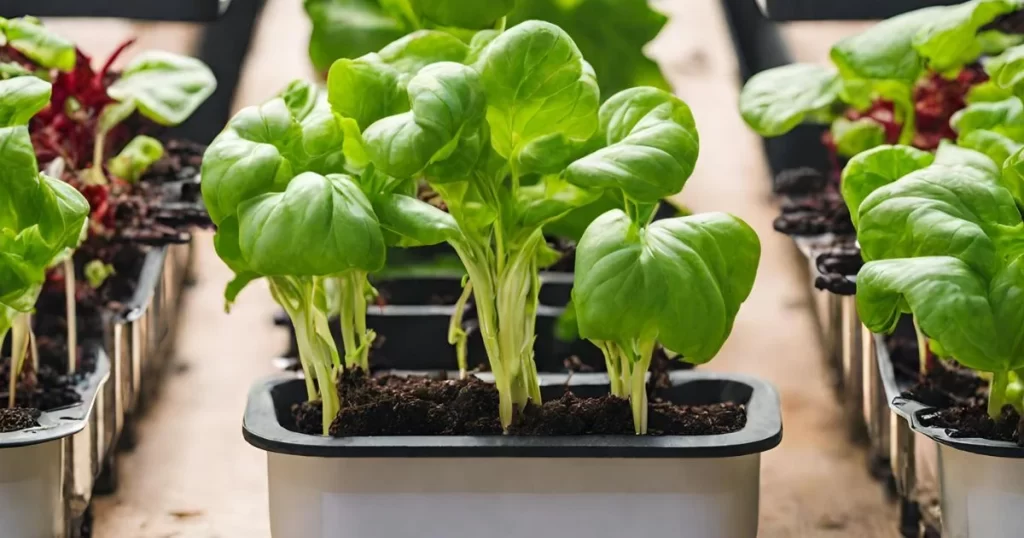
Indoor Hydroponic Gardening cultivation offers several advantages over traditional soil-based methods. One major advantage is the absence of weeds. In a hydroponic system, only the desired plants are grown, eliminating the need to constantly remove weeds. Additionally, hydroponic systems allow for year-round cultivation, regardless of the season.
For example, fenugreek, which is typically grown in winter, performs exceptionally well in a hydroponic setup. Soil-based cultivation of fenugreek often results in wilted plants due to heat and fungal infections, which can be avoided with hydroponics. The productivity of plants in a hydroponic system is also higher compared to traditional methods, as the roots have optimal access to water and nutrients.
Growing Larger Plants
While a basic Indoor Hydroponic Gardening setup is suitable for small plants and limited spaces, growing larger plants like tomatoes and basil requires some modifications. In the video, a home-scale setup for basil is demonstrated, and a detailed video will be uploaded soon. It is recommended to repurpose existing containers at home instead of purchasing new plastic items for hydroponics. Old steel pots, colanders, or sieves can be used effectively. Reusing materials not only reduces waste but also saves money.
Conclusion
Indoor Hydroponic Gardening offers an innovative and efficient way to grow plants without soil. With a basic setup, you can cultivate a variety of plants in your own home. The advantages of hydroponics, such as weed-free growth, year-round cultivation, and higher productivity, make it an appealing option for both experienced and novice gardeners. Remember to maintain the water level, change water regularly, and provide the necessary nutrients for optimal plant growth. Whether you are interested in growing herbs, vegetables, or even larger plants, hydroponics opens up a world of possibilities for home gardening.
What is Indoor Hydroponic Gardening?
Indoor Hydroponic Gardening is a method of growing plants without soil, using water and a nutrient solution on a smaller scale in indoor.
What are the benefits of hydroponics?
No weeds
Year-round cultivation
Higher productivity
Reduced water usage
Less space required
What are some examples of plants I can grow hydroponically?
Herbs (mint, basil, coriander), leafy greens (lettuce, spinach, kale), vegetables (tomatoes, peppers), even some fruits (strawberries).
What are the Basic Setuo of hydroponics?
Two containers (one for water, one for seeds), colander, growing medium (optional).
What are the challenges of hydroponics?
Requires more initial setup and maintenance
Higher risk of nutrient imbalances
Sensitive to power outages (for some systems)
Is hydroponics suitable for beginners?
Yes, starting with small plants and a basic setup is manageable for beginners.
How do to plant seeds in a hydroponic system?
Pre-soaked seeds: water level touching seeds from below. Dry seeds: water level submerging seeds halfway. Cover with damp cloth (optional).
Do hydroponic need fertilizer?
Not necessarily for basic setups, but consider liquid hydroponic or water-soluble NPK fertilizer every 15 days.
How often one should change the water in a hydroponic system?
Every 2-4 days for optimal growth. More frequent changes prevent mosquito breeding and algae growth.
Have any questions about hydroponics? Leave a comment below!
Looking for More articles on Indoor Activities? Visit our Website www.indoorgem.com
